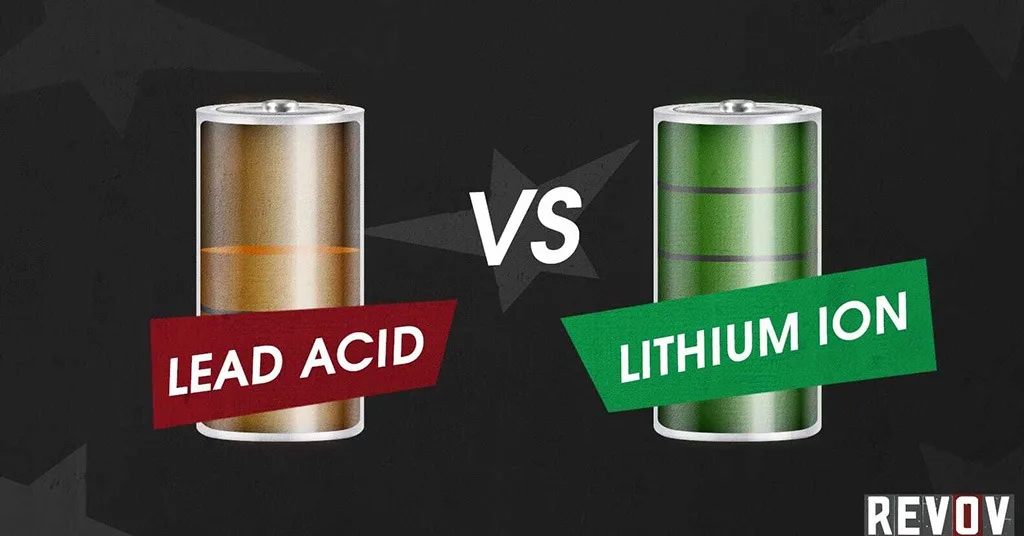Which Battery is More Eco-Friendly: Lead Acid or Lithium-Ion?
When choosing a battery for your home inverter, solar system, EV, or gadgets, we often overlook its environmental impact. We tend to focus on performance, charging time, and lifespan. But how eco-friendly is the battery we use?
Let’s compare Lead Acid and Lithium-Ion batteries from an environmental perspective to help you make a greener choice.
1. Manufacturing Impact
Lead Acid: Requires large amounts of lead and sulfuric acid, both difficult and dangerous to extract and handle.
Lithium-Ion: Uses lithium, cobalt, nickel, and other materials, which are energy-intensive to mine. However, modern facilities are cutting emissions by using clean technology and modern methods.
2. Toxic Materials
Lead Acid: Contains toxic lead and corrosive acid, which can be harmful if leaked or mishandled.
Lithium-Ion: Uses less toxic materials and is sealed, which helps reduce environmental leakage.
3. Recycling & Disposal
Lead Acid: Is one of the most recycled products worldwide, with up to 95% recoverable. However, illegal dumping and unsafe recycling practices still occur in developing areas.
Lithium-Ion: Is harder to recycle and more expensive, but new technologies are appearing to improve lithium recovery. Currently, recycling rates for lithium-ion batteries are lower than those for lead acid.
4. Emissions & Pollution
Lead Acid: Releases hydrogen gas when overcharged, so it needs ventilation. Leaks can be harmful to humans, pets, and the environment.
Lithium-Ion: Does not emit gas or fumes. There are no acid spills or corrosion issues.
5. Lifespan & Waste Generation
Lead Acid: Typically lasts 2 to 3 years, generating more waste over time.
Lithium-Ion: Lasts 5 to 7 years or longer, which reduces how often you need to dispose of it.
Final Verdict: Which Battery is More Eco-Friendly?
While Lead Acid batteries are highly recyclable, they contain harmful materials and need frequent replacements, leading to more waste and pollution.
Lithium-Ion batteries are newer and often more expensive, but they are cleaner, safer, and last longer. This makes them the more eco-friendly choice overall, especially as recycling technology continues to improve.

